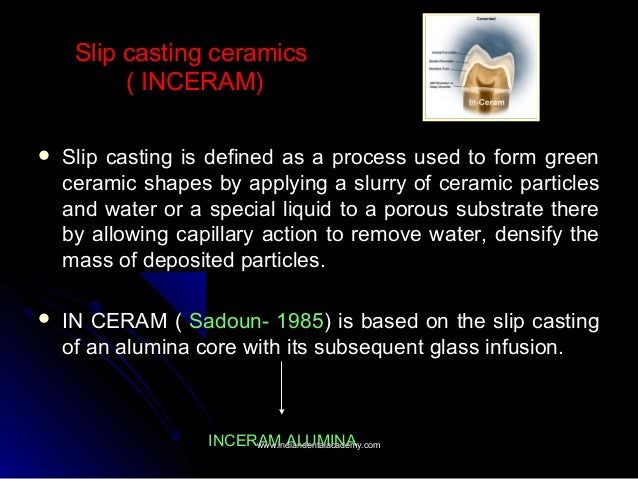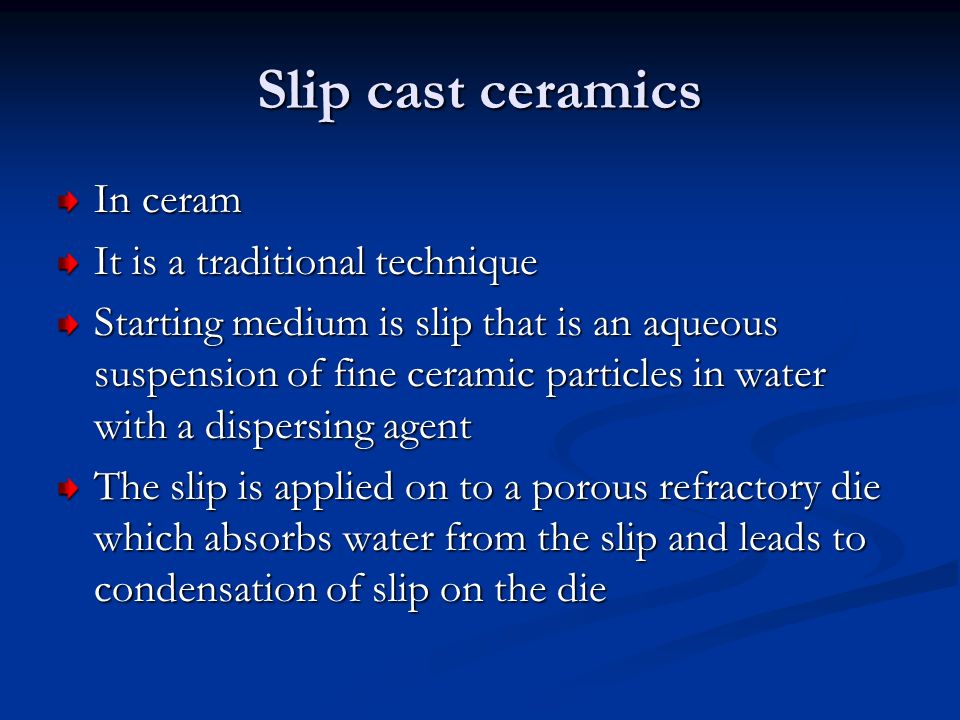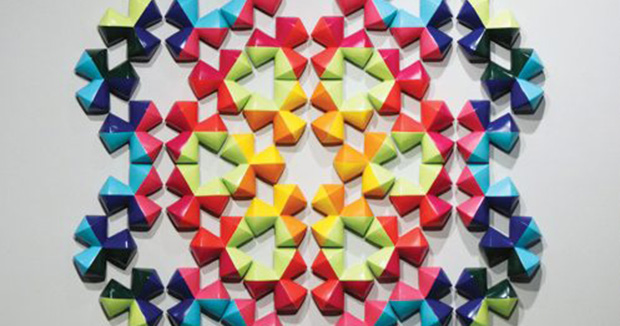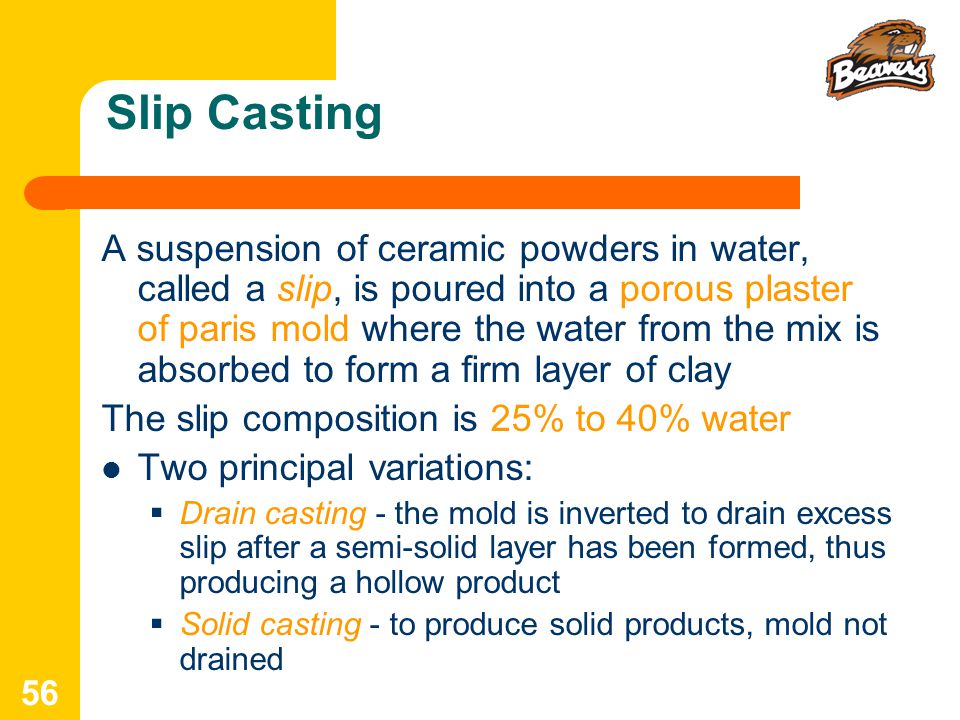Slip Casting Ceramics Definition

Deflocculants allow this to happen by decreasing the positive electrical charge that can occur between particles that become attracted or flock.
Slip casting ceramics definition. If the cast isn t formed properly it will ruin all of the production translating to a huge cost. Schematic showing the steps used in slip casting. Slip casting of ceramics steps. In ceramics and especially in slip casting clumps and non homogenous solutions can be problematic.
If you are pouring liquid slip into a mold you want the mixure to be uniform and to flow well. Slipcasting or slip casting is a ceramic forming technique for pottery and other ceramics especially for shapes not easily made on a wheel in slipcasting a liquid clay body slip usually mixed in a blunger is poured into plaster moulds and allowed to form a layer the cast on the inside walls of the mould. A different approach to the forming of clay based ceramics is taken in slip casting of whiteware as shown in figure 1. It is very important to pay special attention when we are filling the molds because this is where it all starts.
Slip is just a liquid mixture of clay or a liquefied suspension of clay particles in the water and is generally a little thinner than a slurry. Slip casting is defined as the process of forming ceramic ware by pouring slip into molds usually made of plaster. Next the slip is poured into the mold which absorbs the liquid out of the slip leaving a thin wall of powder along the mold wall. 1 the mold filling.
Slip casting is liquified clay poured into a plaster mold the ratios are roughly 75 percent clay body to 25 percent water. Slip casting and the use of plaster molds became popular around the 17th century when potters realized that you recreate much more intricate pieces than just by using bisque fired press molds. Slip casting definition is the process of forming ceramic ware by pouring slip into usually plaster molds. First the slip is prepared by mixing the ceramic powder with a liquid.
Traditional ceramics ceramic materials that are derived from common naturally occurring raw materials such as clay minerals and quartz sand through industrial processes that have been practiced in some form for centuries these materials are made into such familiar products as china tableware clay brick and tile industrial abrasives and refractory linings and portland cement. In pottery the two most important uses of slip are. Let s look at each step individually and learn more about each one. As mentioned above with sufficient water content and the addition of suitable dispersing agents clay water mixtures can be made into suspensions called.
The process usually takes at least 24 hours per piece. The slip casting process is illustrated below in figure 1. This has been extremely important for several centuries and secondly to protect or decorate the pottery which is.



















